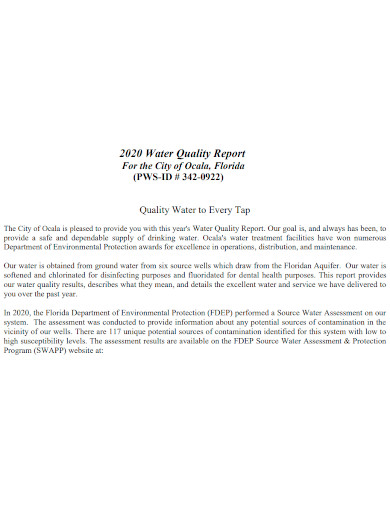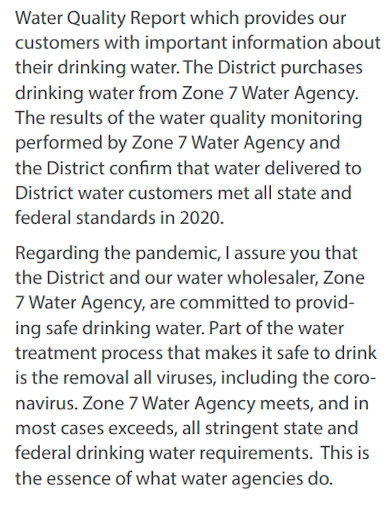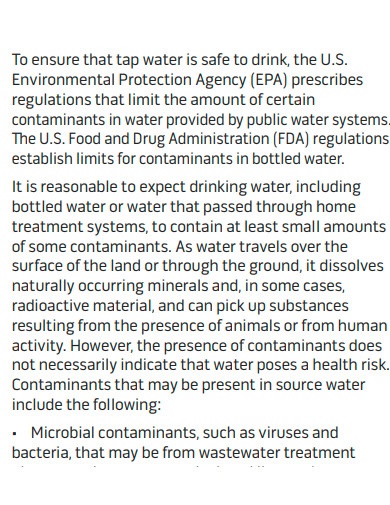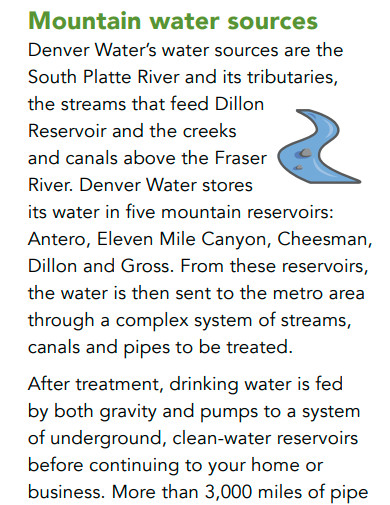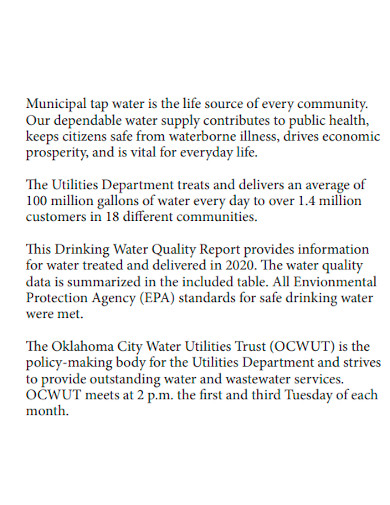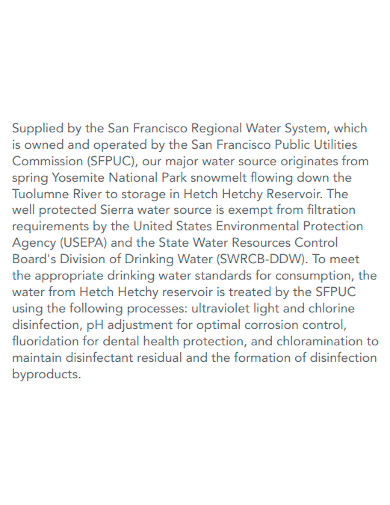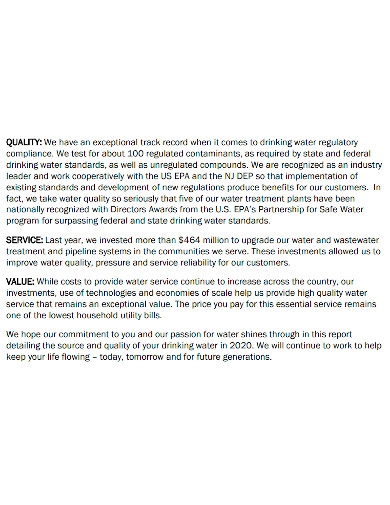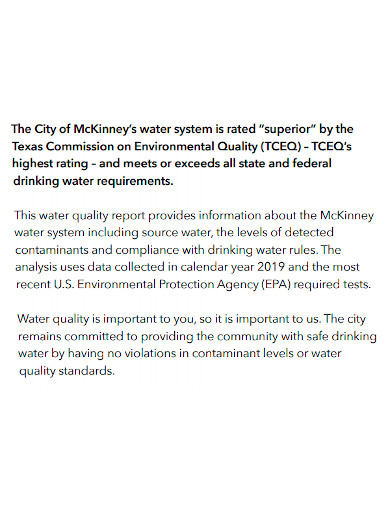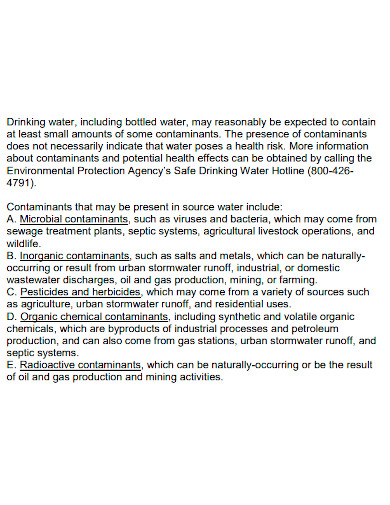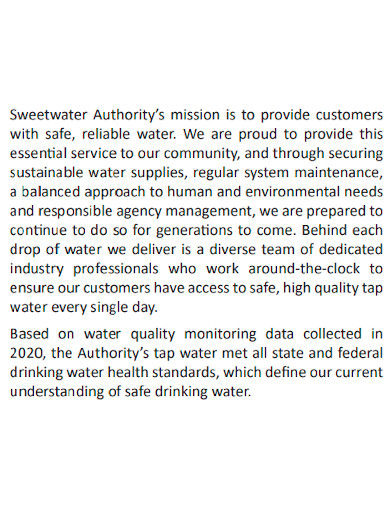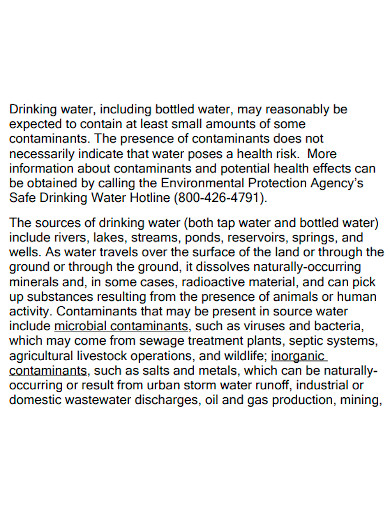Water is a very important compound that living organisms need to survive. As defined by some dictionaries, it is a substance composed of the chemical elements hydrogen and oxygen and existing in gaseous, liquid, and solid states. It is one of the most plentiful and essential of compounds. A tasteless and odorless liquid at room temperature, it has the important ability to dissolve many other substances. No person in the world doesn’t know what water is, or didn’t experience the satisfaction our body get from drinking water.
With the increasing demand for this product, a lot of business right now are curing and purifying water to make it into drinkable by public use. Maintaining the water quality is not easy, this refers to the condition of the water, including chemical, physical, and biological characteristics, usually with respect to its suitability for a particular purpose such as drinking or swimming. Poor water quality can also pose a health risk for ecosystems. With this, making reports is very efficient and necessary to monitor the progress and have quality control with all the processes involved in this treatment. But making this report might be a little hard, so this website is helping you by providing you with water quality report templates that suits your needs.
Browse among these templates and customize your choice according to your preference. For other report template needs, our website is also offering other report templates namely: Product Feasibility Report, Business Travel Report, Project Implementation Report, Vehicle Incident Report, Incident Violation Report, Insurance Incident Report, Teacher Incident Report, HR Incident Report etc. This article will not only give you your template needs, but also gives you more details about the report that you are doing. So come, explore these with me!
10+ Water Quality Report Samples
1. Water Quality Report Sample
2. Annual Water Quality Report
3. Drinking Water Quality Report
4. Editable Water Quality Report
5. Municipal Water Quality Report
6. Standard Water Quality Report
7. Basic Water Quality Report
8. Water Quality Report Format
9. Annual Drinking Water Quality Report
10. Formal Water Quality Report
11. Professional Water Quality Report
What Are Water Quality Reports?
Water quality reports or drinking water quality reports, provide you with important information about the quality of your drinking water. The purpose for this is to tell you what tests have been done, what levels of contaminants have been detected, and whether the levels detected violate any drinking water standards. Although many people only want to know that the water is safe, others want to know more about the water they drink.
Other Purposes For Water Quality Reports:
- Identifies the source that supplies water for your address
- Reports detected contaminants or elements in the water and ensures that your drinking water meets all safe drinking water standards
- Describes any treatment process used, if necessary, to make your water safe to drink
- Explains terms used in the regulation of drinking water
- Tells you where to go for additional information
How To Understand Your Water Quality Report?
Information in your report is often tailored to local water systems, so not all CCRs (Consumer Confidence Report, other term for Water Quality Report) look alike. Some of the water quality information included in your report can help you understand how your drinking water can affect your health. For example, your water source may contain harmful germs, chemicals, and minerals. Some of these contaminants occur naturally (for example, arsenic), while others come from environmental contamination like sewage discharge, industrial waste, or runoff from plant or animal farming. Not all contaminants are bad. Some things listed as “contaminants” in your CCR can improve water quality, such as the appropriate amount of a disinfectant that keeps your water safe from harmful germs.
FAQs
What is good drinking water quality?
At present, the standard for treated drinking water is that less than 1% of the samples will be positive for coliform organisms. In most years there are 20 to 30 incidents in which at least two people become ill from the same water source, and the total number of illnesses is annually 2000 to 3000.
How do you find local water quality?
The best way to learn about your local drinking water quality is to read the annual drinking water quality report/consumer confidence report that water suppliers now send out by July 1 of each year. The reports are often sent out with water bills, but they may be sent separately.
What is the use of chlorine in treating waters?
Chlorine is added to drinking water to protect against harmful microbes and waterborne diseases. Chlorinated tap water typically has a high chlorine level and can even taste similar to pool water.
It may not be an easy job to make reports for monitoring or feedback, but doing this for the betterment of the products and services that you are offering is a great thing. With this, we highly encourage you to utilize the available templates and information you get from the net to ease your burden of doing bombarded reports.
Related Posts
FREE 17+ Sample Engineering Reports
FREE 10+ Investigation Checklist Samples
10+ Sample Performance Plans
9+ Free Sample Restaurant Proposals
FREE 9+ Engineering Project Proposal Samples
8+Free Travel Invoice Samples
FREE 7+ Construction Field Report Samples
FREE 7+ Sample Meeting Summary Templates
FREE 5+ Retail Audit Checklist Samples
FREE 23+ Sample Certificate of Conformance
FREE 16+ HR Audit Report Templates
FREE 16+ Sample Service Reports
FREE 13+ Narrative Statement Samples
FREE 10+ Construction Progress Report Samples
FREE 10+ Charity Annual Report Samples & Templates

